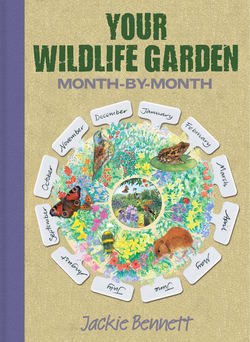Читать книгу Your Wildlife Garden - Jackie Bennett - Страница 36
На сайте Литреса книга снята с продажи.
HAZEL
(Corylus avellana)
ОглавлениеAn ancient native shrub that forms thickets in the wild and bears the distinctive ‘lambs’-tails’ catkins and edible hazelnuts or cobnuts. Traditionally coppiced to produce flexible lengths for woven fencing and basket making.
| type | Deciduous shrub |
| flowers | Catkins in late winter. Male catkins are yellow; female are tiny red tassels |
| height | 4–6m (12–20ft) |
| spread | 5m (15ft) |
| planting | Plant young trees between mid-autumn and early spring |
| site | Sunny or partly shaded. In a shrub border or amongst larger trees |
| soil | Any well-drained soil |
| care | No pruning required. If planted as part of a mini woodland, hazel can be coppiced (regularly cut back to ground level so that new straight shoots are sent out from the base), allowing more light to the woodland floor. In the autumn, nuts should be collected when the husks have turned brown and stored in a dry, airy place |
| propagation varieties | By seed collected in the autumn Corkscrew hazel (C. avellana ‘Contorta’) is a good alternative for a small garden. It has the same bright yellow catkins, but it is slow-growing and will only reach 2.5m (8ft) in height. The stems are twisted, hence the name |
| wildlife value | At this time of year, a gust of wind causes the catkins to release a cloud of pollen, for the benefit of early foraging bees and insects. In autumn the nuts are collected by squirrels and field mice, who add them to their winter store |
